1.   Briefly explain the difference between a value-added tax and sales and use tax.
Value-added taxes are assessed on the additional value that is added to a product as it moves through the production chain from raw material to producer and finally to the consumer. Sales and use taxes are based on the final sales value of the product.
2.   For what are jurisdiction codes used?
Jurisdiction codes are used in multi-level taxes to identify each taxing authority. When using jurisdiction codes, each level must be defined. For example, if there is a state, county and city sales tax then the following three codes would be created:
•   State:    2500000000
•   County:    2510200000
•   City:   2510280930
3.   Briefly describe the following:
a)Â Â Â Calculation Table – Contains all of the logic for calculating taxes including the access sequence, condition type, and tax procedure.
b)   Tax Procedure – A country-specific template containing all of the processing logic and algorithms that support the tax amount computations. It contains the steps, condition types, reference steps, and account keys
c)Â Â Â Tax Code – Assigned to a tax procedure and is entered in the G/L master record and accessed when the G/L account is used in a document.
4.   What settings are necessary for automatic tax account assignment?
The account key must be configured with posting keys, rules, and tax accounts. The rules determine if the tax code or account key will be used for account determination.
5.   How can taxes be calculated?
Taxes may be calculated automatically by the system or entered manually by the user. In the case of manual entry, the system will verify that the amount entered is correct.



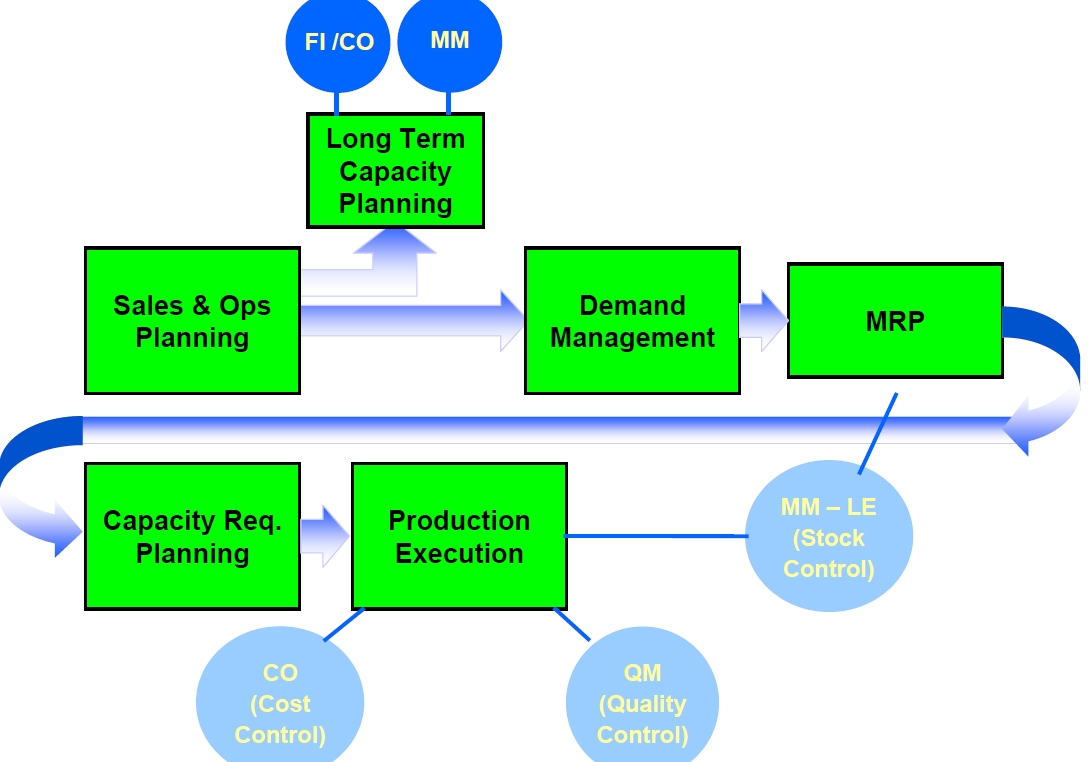

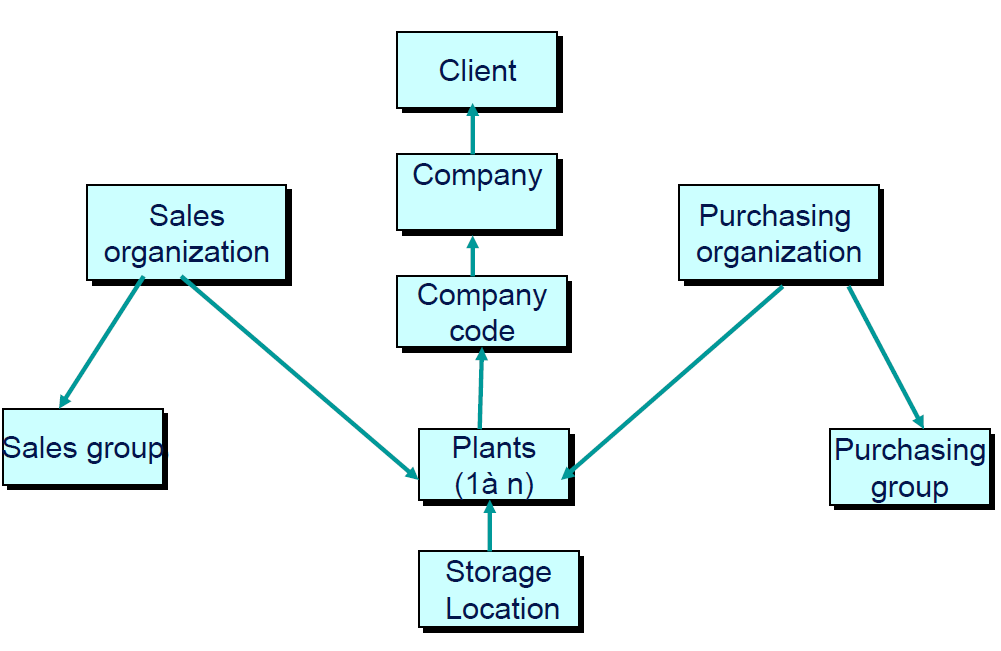
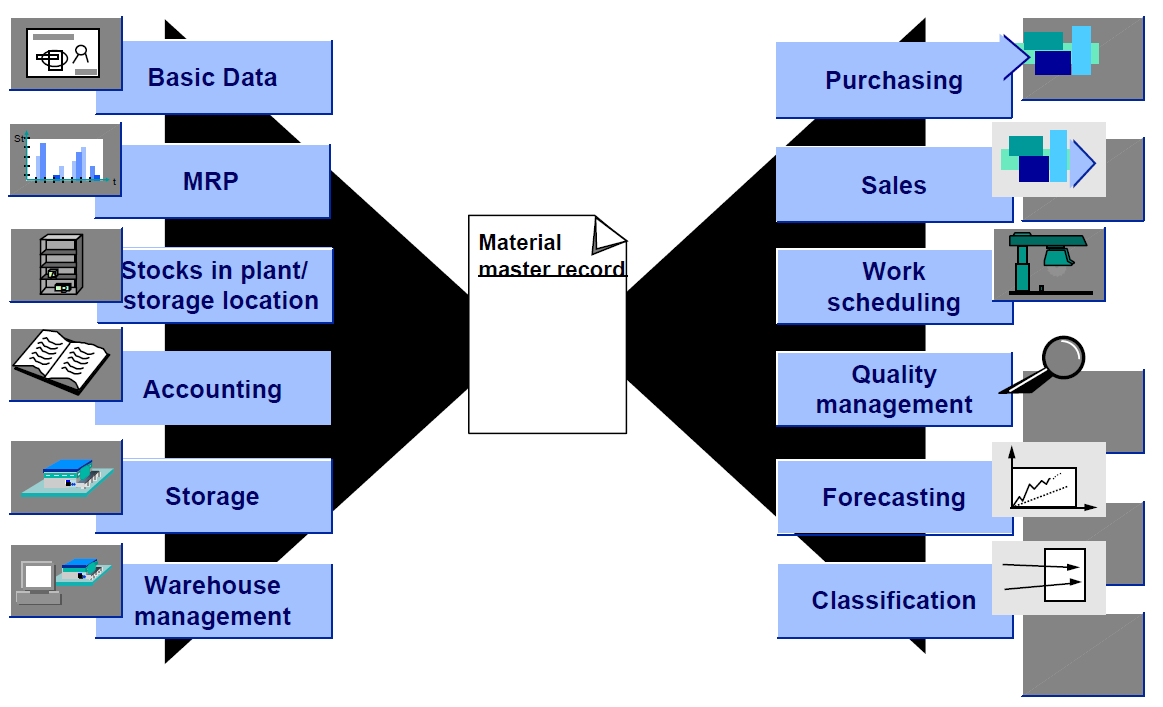
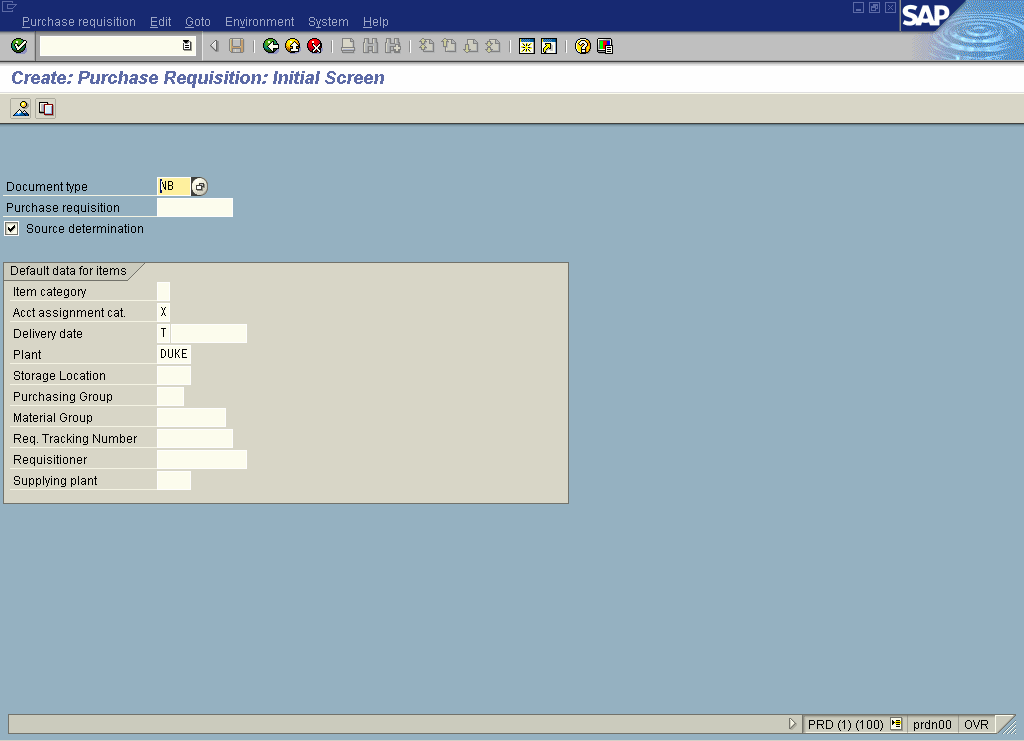
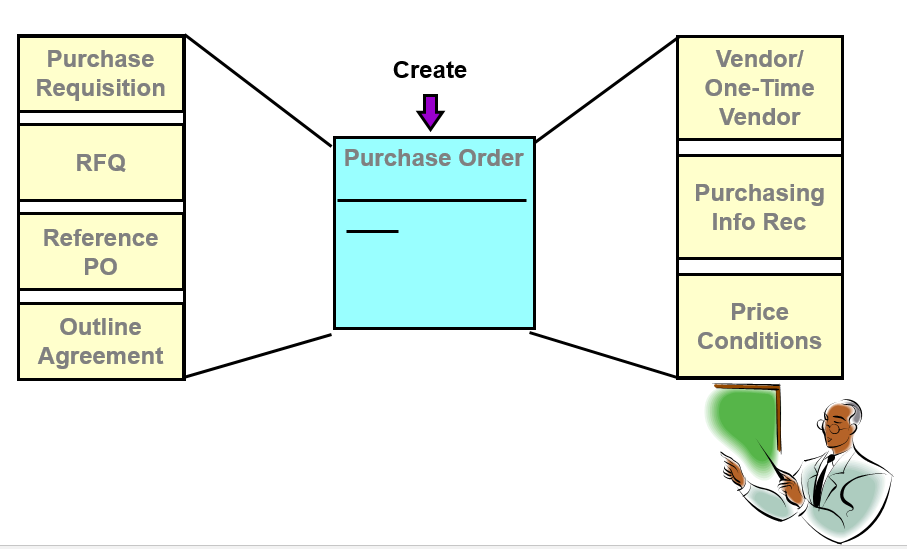
Leave a Reply